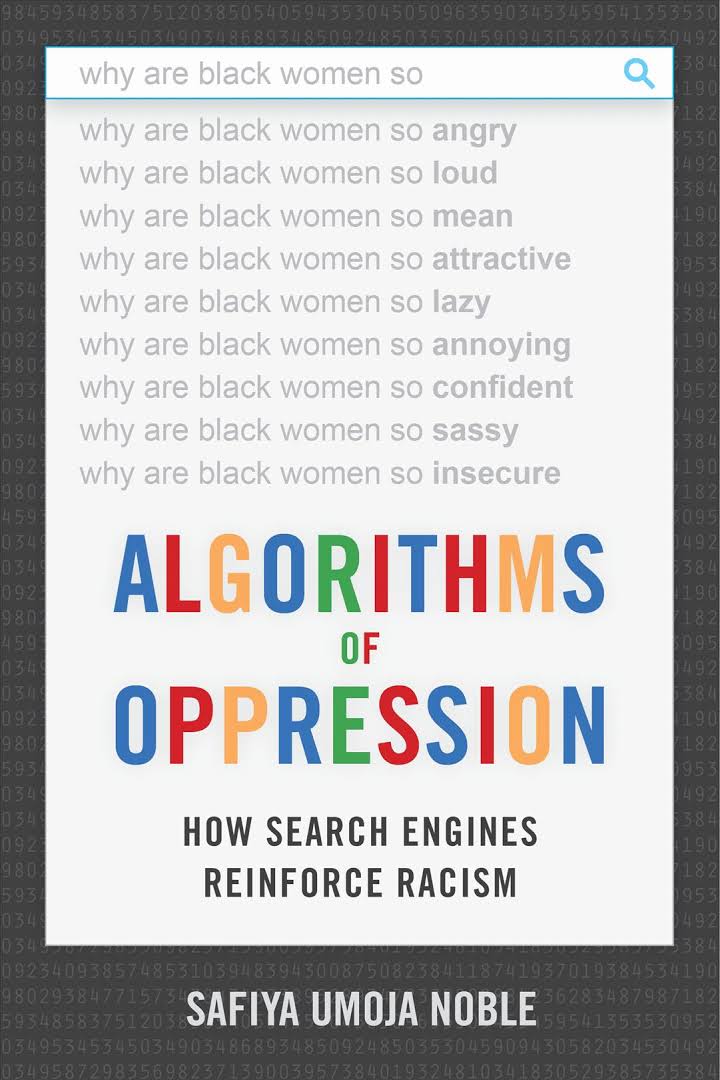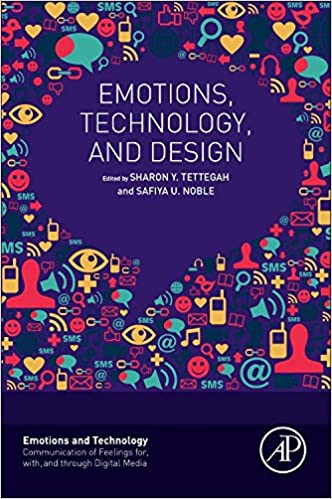Books
“Noble argues…that the web is …a machine of oppression…[Her] central insight – that nothing about internet search and retrieval is political neutral – is made…through the accumulation of alarming and disturbing examples. [She] makes a compelling case that pervasive racism online inflames racist violence IRL.”
—Los Angeles Review of Books
In Algorithms of Oppression, Dr. Safiya Umoja Noble challenges the idea that search engines like Google offer an equal playing field for all forms of ideas, identities, and activities. Data discrimination is a real social problem; Noble argues that the combination of private interests in promoting certain sites, along with the monopoly status of a relatively small number of Internet search engines, leads to a biased set of search algorithms that privilege whiteness and discriminate against people of color, specifically women of color.
More Books by Safiya Noble
Representing a scholarly dialogue among established and emerging critical media and information studies scholars, this volume provides a means of foregrounding new questions, methods, and theories which can be applied to digital media, platforms, and infrastructures. These inquiries include, among others, how representation to hardware, software, computer code, and infrastructures might be implicated in global economic, political, and social systems of control.





